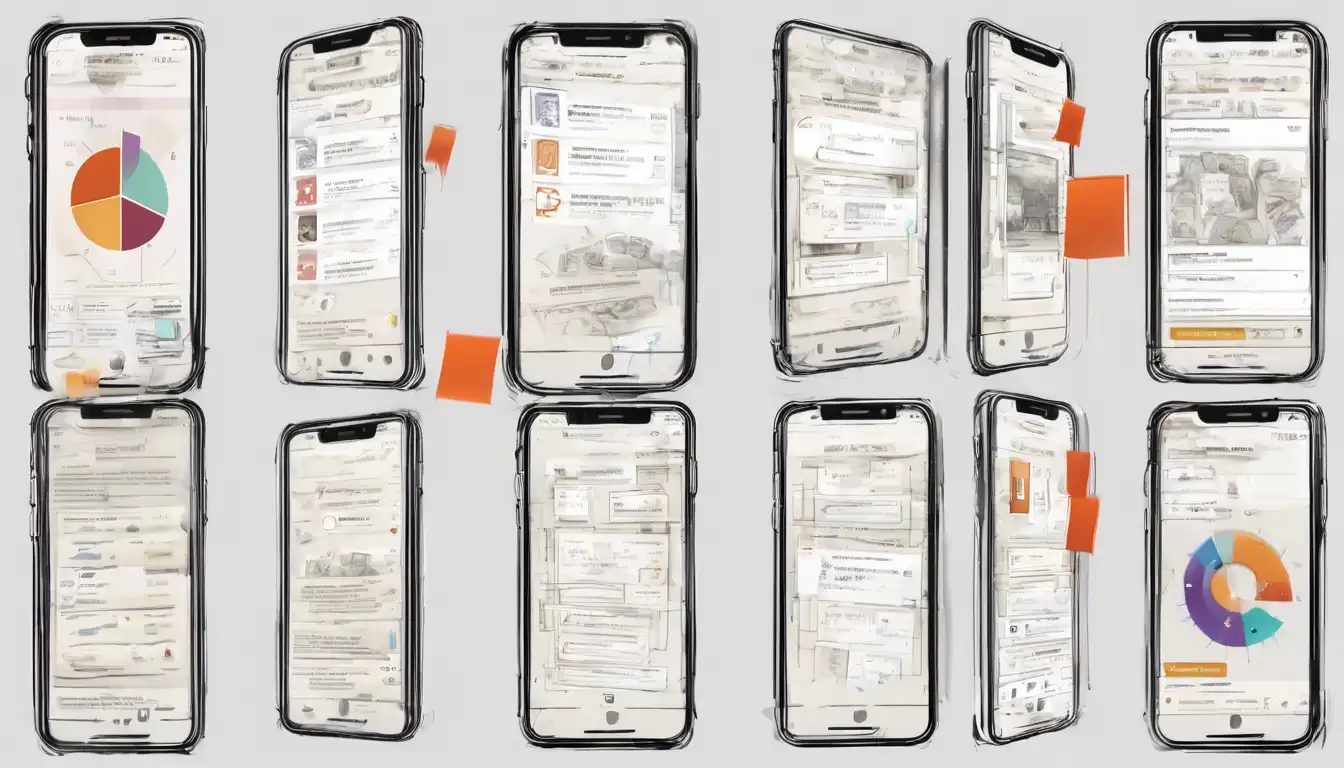Introduction to Mobile App Development
In today's digital age, building a successful mobile app requires more than just a great idea. It involves meticulous planning, understanding your audience, and implementing strategies that enhance user engagement and retention. This guide will walk you through the essential steps to create a mobile app that stands out in the competitive app market.
Understanding Your Target Audience
Before diving into development, it's crucial to identify and understand your target audience. Conduct market research to gather insights into their preferences, behaviors, and the problems they face that your app can solve. This foundational step ensures your app meets real user needs, increasing its chances of success.
Designing a User-Friendly Interface
A well-designed user interface (UI) and seamless user experience (UX) are key to keeping users engaged. Focus on intuitive navigation, fast loading times, and appealing visuals. Remember, the first impression is often the last, so make it count.
Choosing the Right Development Approach
Decide whether a native, hybrid, or web app best suits your project's needs. Each approach has its pros and cons, depending on factors like budget, target platforms, and desired app performance. Consulting with experienced mobile development experts can help you make an informed decision.
Implementing Robust Security Measures
With increasing concerns over data privacy, ensuring your app is secure is non-negotiable. Implement encryption, secure authentication methods, and regular security audits to protect user data and build trust.
Optimizing for App Store SEO
To improve your app's visibility in app stores, optimize its title, description, and keywords based on thorough research. High-quality screenshots and engaging demo videos can also significantly boost your app's download rates.
Launching and Marketing Your App
A successful launch involves more than just making your app available. Develop a comprehensive marketing strategy that includes social media promotion, influencer partnerships, and press releases to generate buzz and attract early adopters.
Gathering Feedback and Iterating
After launch, actively seek user feedback to identify areas for improvement. Regular updates based on user input can enhance functionality, fix bugs, and introduce new features, keeping your app relevant and engaging over time.
Conclusion
Building a successful mobile app is a complex but rewarding process. By following these steps and focusing on quality, security, and user satisfaction, you can create an app that not only meets but exceeds user expectations. Remember, the key to long-term success lies in continuous improvement and adaptation to changing user needs and technological advancements.
